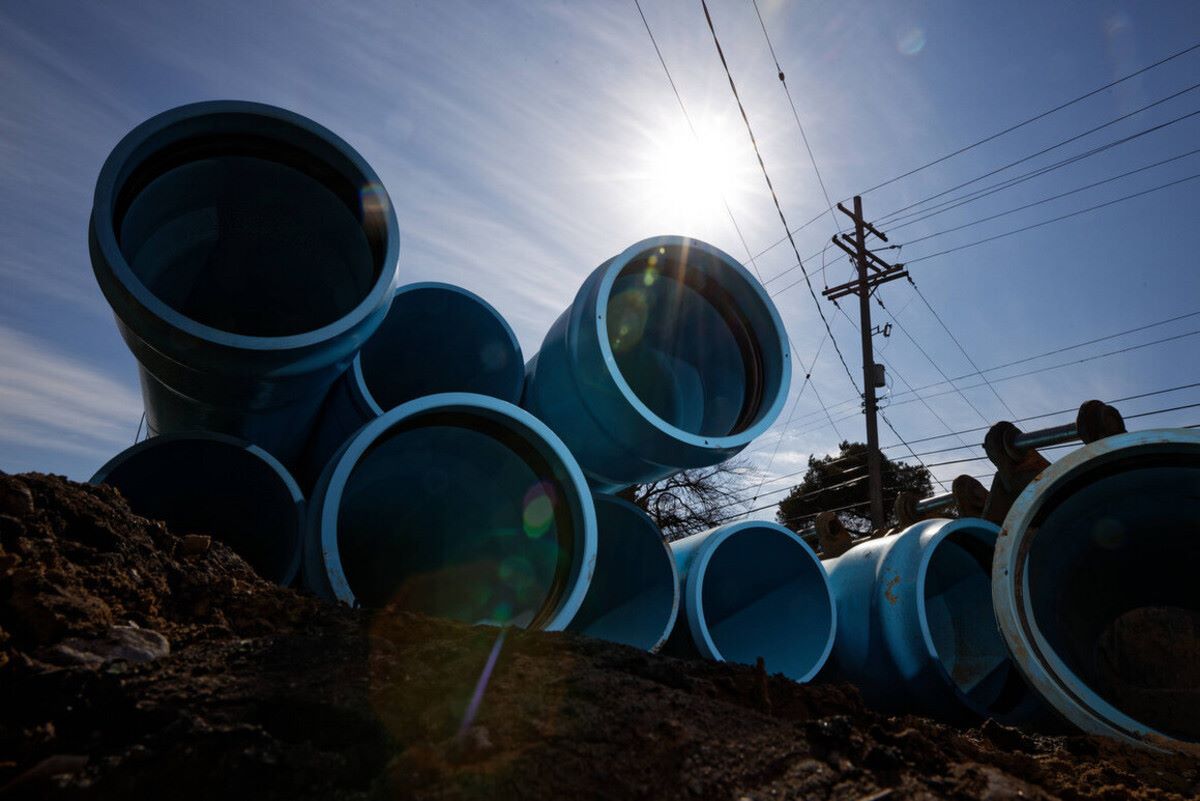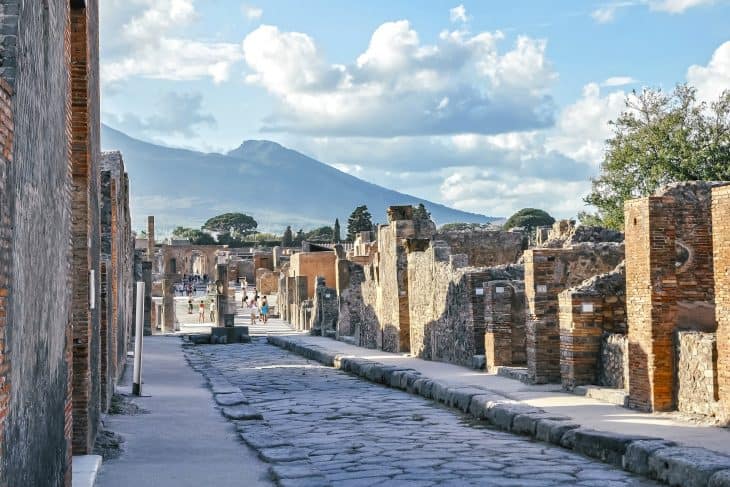
A hundred and fifty south of Rome lies the once-thriving city of Pompeii. Had it remained habited, it might still be the tourist attraction that it is today, but for different reasons. The city has been featured in numerous works of fiction, but very little is known of what really transpired in the original City of the Dead. Find out these Pompeii facts when you read this article.
- Pompeii came from the Oscan word ‘Pompe’ meaning ‘five.’
- People sometimes refer to Pompeii as ‘The City of the Dead.
- Located in Campania, Italy, Pompeii is a preserved ancient Roman city.
- Pompeii lies 23 km or 14 mi southeast of Naples at the base of Mount Vesuvius.
- Hundreds of years of research and excavations have only recovered ⅔ of Pompeii.
- Mt. Vesuvius had no recorded eruptions for more than 1,800 years.
- Pompeii residents had no idea about Vesuvius being a volcano.
- Vesuvius erupted on 24 August 79 AD, a day following the feast of the Roman god of flame Vulcan.
- Around 1,300°F of Vesuvius lava flowing at 68 mph flooded Pompeii.
- Varying reports state that at least 2,000 amounting to around 16,000 people died in Pompeii.
- The uncovered Pompeii bodies counted only 1,000-1,500 with expectations of more in further excavations.
- Forum, Pompeii is the social, economic, and political center of the city.
- Earlier volcanic eruptions granted Pompeii nutrient-rich soils.
- Due to the superior farmland, Pompeii people were able to grow grapes and olive trees.
- The Temple of Apollo from the 2nd century BC was Pompeii’s most important religious structure.
- Back in the day, Pompeii had a reputation for producing Garum, a fish sauce.
- In 1972, Pink Floyd recorded live in the empty Pompeii Roman Amphitheater.
- Numerous fiction adaptations made Vesuvius the most famous eruption despite not being the deadliest.
- Pompeii excavations revealed that at least 25 buildings used for prostitution thrived in the city.
- Lack of air and moisture helped preserve the objects buried in the city.
Pompeii Facts Infographics

A walled city, Pompeii has a total land area of 150 acres.
It holds the record as the world’s largest archaeological and excavation site.
The Oscan civilization built Pompeii in the 6th century.
The Samnites ruled the city until the Romans came to conquer it. Eventually, Pompeii flourished under Roman rule where brick and stone replaced wooden establishments. An aqueduct system, an amphitheater, two theaters, and a temple soon rose on the site.
Further city of the ruins of Pompeii showed signs of Greek occupancy.

Fragments of a Greek Doric Temple stood as the oldest remains in the city, dating back to the 6th century BC. Apparently, the Greeks were the pioneers in erecting identifiable buildings.
Pompeii in the Roman times had a different location than modern-day Pompeii.
Before, the city stood closer at the sea right at the mouth of the Sarno where it is 4 meters lower than its current position. Coastal changes and seismic activity shifted Pompeii 2 kilometers inland.
Pompeii City stands on a land of the prehistoric lava flow.
It is also the reason behind the city’s atypical shape. Researchers consider southwestern Pompeii as the oldest part, though they have not yet determined the region’s expansions beyond.
Pompeii was once a flourishing city.
Wealthy Romans would spend their holidays there. Moreover, there were suspicions that Emperor Nero had a house in the City of the Dead.
A major earthquake shook Pompeii in 62 AD.
The springs and piping of the city water supply suffered great damages. What’s more, is that minor quakes continued to rock the city for the following years. The occurrence became too common that when 24 August 79 AD came, nobody took the quake seriously.
Pompeii is not the only city that Mt. Vesuvius destroyed.
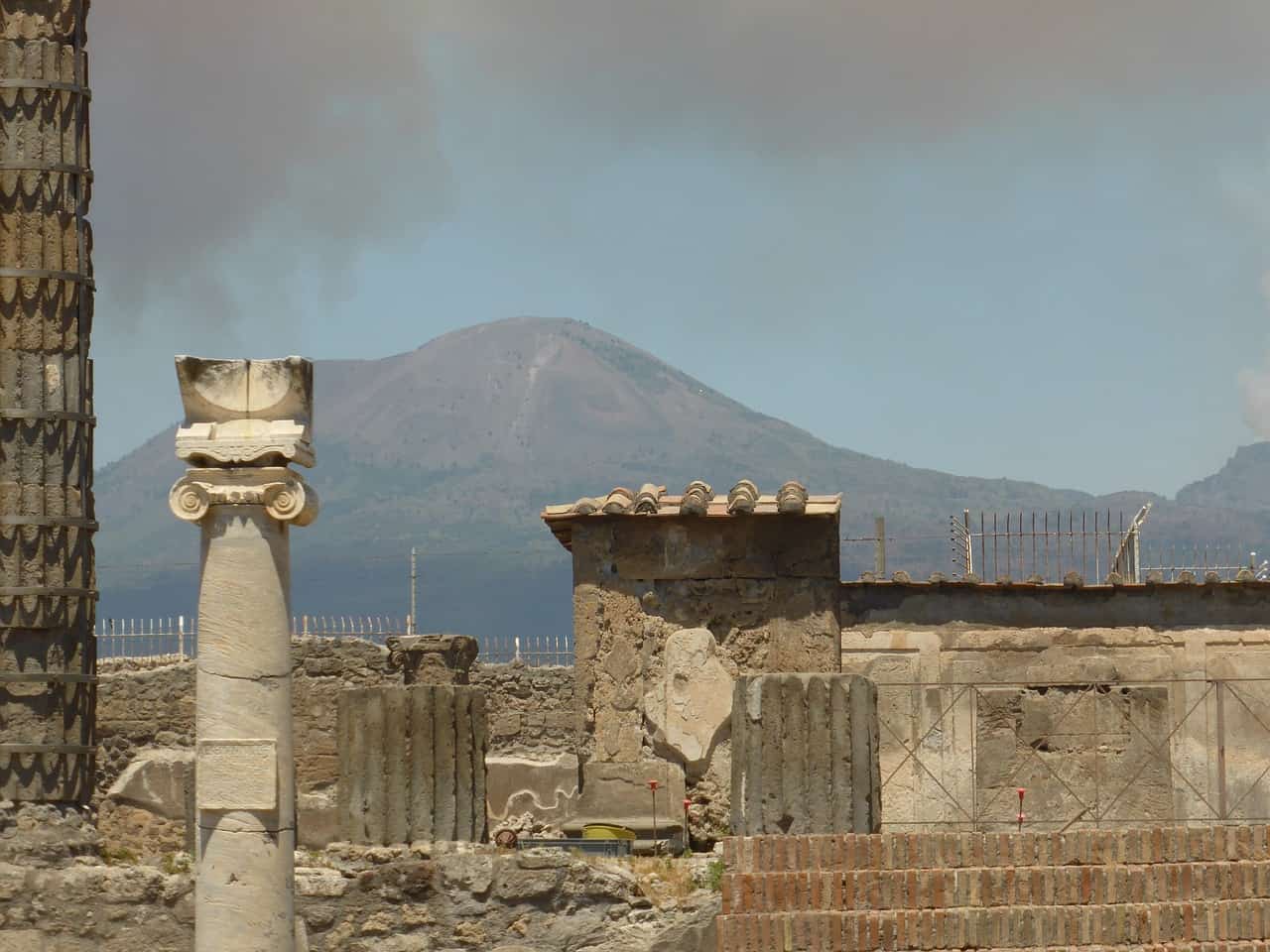
Other communities like Stabiae, Herculaneum, and Torre Annunziata crumbled under the violent eruption in 79 AD.
Wind direction played a huge part in the destruction of Pompeii.
The wind usually blows from the southwest of the city. Unfortunately for Pompeii, the wind took the northwesterly path. It took with it the ash, pumice, and other debris from the eruption.
A few settlers survived Pompeii.
Still considering the ancient setting of the event, the survivors did not travel far. Some nearby settlements they went to are Naples, Cumae, Puteoli, and Ostia.
Pompeii became a UNESCO World Heritage site in 1997.
Its neighbors Herculaneum and Torre Annunziata joined the city on the recognition. Their destruction circumstances preserved a unique record of Greco-Roman life.
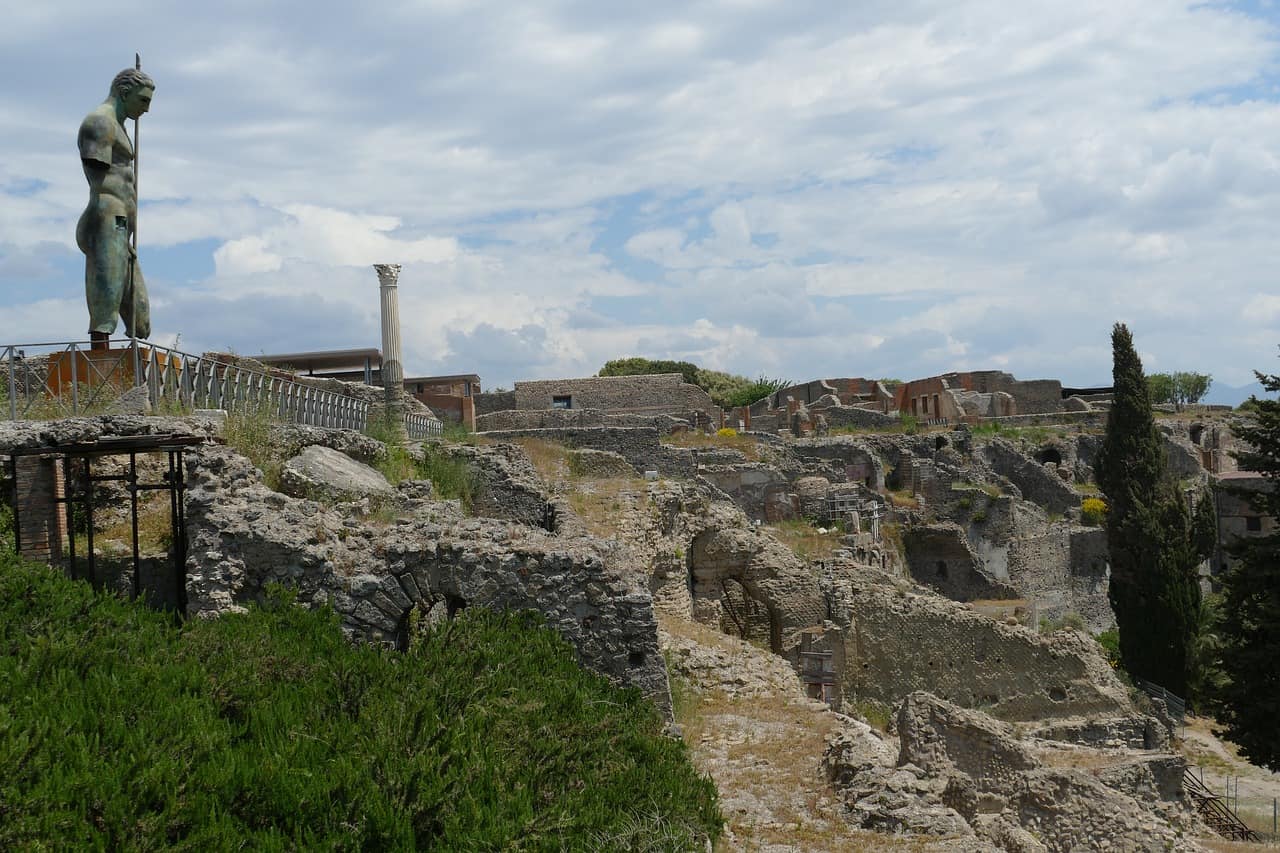
Pompeii was home to 10,000-20,000 residents by the time of the eruption.
Modern-day Pompeii shelters an estimated population of 25,000. They occupied the eastern region where a pilgrimage center named Basilica of Santa Maria del Rosario stands.
The Vesuvius eruption lasted approximately 24 hours.
However, molten rock and ash continued to rain over the vicinity for the following two days. Some places ended up buried 20 feet below.
The Vesuvius eruption is estimated to be 500 times more powerful than WWII's Hiroshima and Nagasaki atomic bombings.
It discharged thermal energy 100,000 times greater than the two nuclear bombs did. Furthermore, the volcano released up to 21 miles of tephra and gas cloud.
At the time of the eruption, Pompeii people did not even have a term for it.
The word volcano originated from the word ‘Vulcan,’ which is also the name of the Roman God of flame and metal forgery. However, the term was only created years post-eruption.
No one made the effort to rebuild Pompeii after the eruption.

One possible reason is the intensity of damage and loss both in the city and the people that the survivors never looked back. Still, looters had the nerve to dig tunnels through the debris, making the most out of the city’s many treasures.
There was one eyewitness of the eruption.
Roman poet and administrator Pliny the Younger witnessed the tragedy from a distance. Later on, he went and questioned survivors.
Pliny the Elder died in rescue operations for the people affected by the eruption.
A famous scholar, he was uncle to Pliny the Younger who wrote letters describing the event to his friend Tacitus. Discovered in the 16th century, the letters contained statements like “In the darkness, you could hear the crying of women, the wailing of infants, and the shouting of men. Some prayed for help. Others wished for death. But still more imagined that there were no Gods left and that the universe was plunged into eternal darkness.”
Modern technology revealed how Pompeii people had perfect teeth.
Italian scientists ran CT scans and made 3D models of the skeletons. They believed that the discovered Hollywood teeth were a result of a good diet and high fluorine content around the volcano.
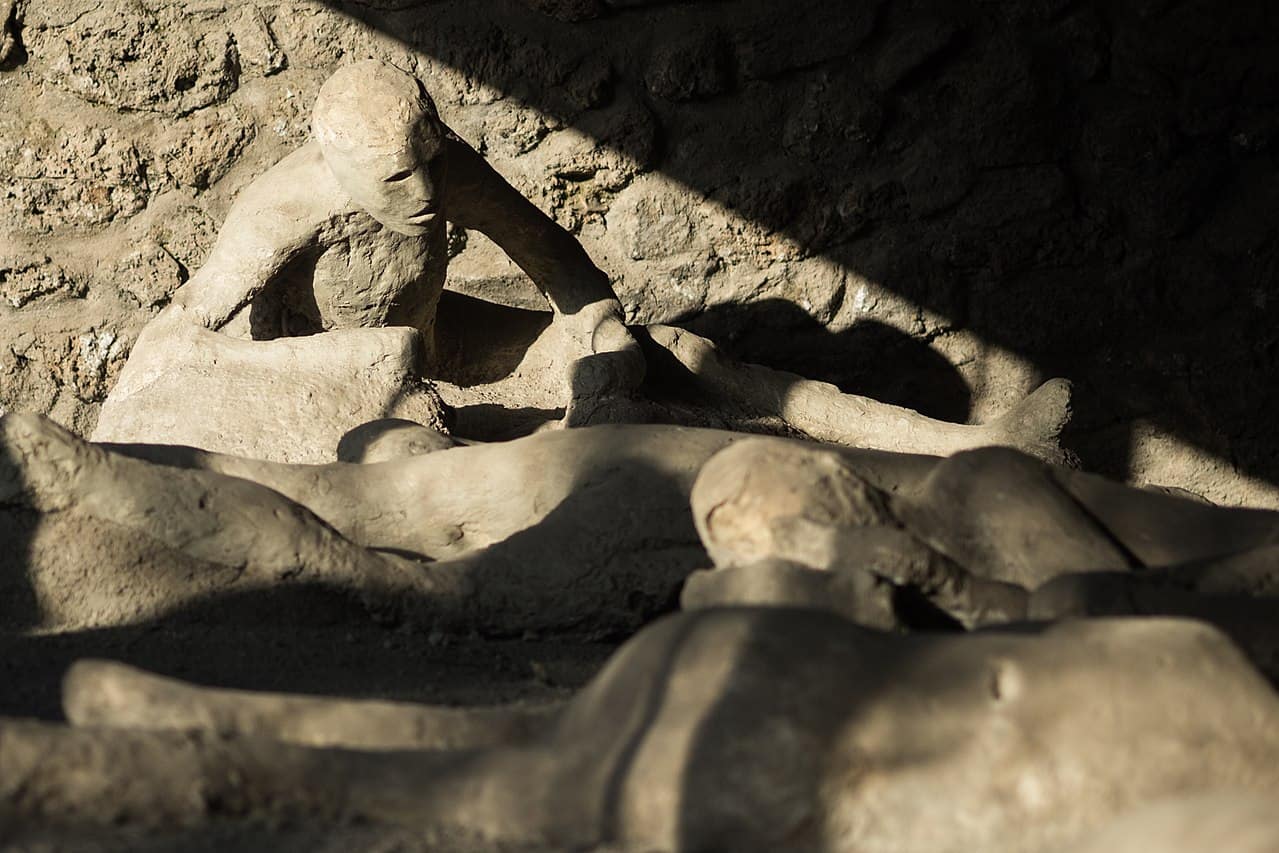
Pompeii excavations unearthed two bodies famously known as 'The Two Maidens.'
Covered in layers of ash and rock, the bodies formed a tender embrace. Further studies in April 2017 revealed that they were men around 18-20 years old, though there is no evidence that could prove their relationship.
Thanks to the ashes, Pompeii remained exactly how it was 2,000 years ago.
The dust served as a miraculous preservative, hence, buildings stood intact and skeletons froze right where they had fallen. Also, ordinary objects scattered on the streets like uncovered jars of dried fruits and loaves of bread.
Architect Domenico Fontana unofficially discovered Pompeii in 1599.
He and his workers were digging an underground channel to Sarno river. Upon discovery of the sexual frescoes in the city, Fontana hid records of the site due to the ‘immorality’ of the images he saw.
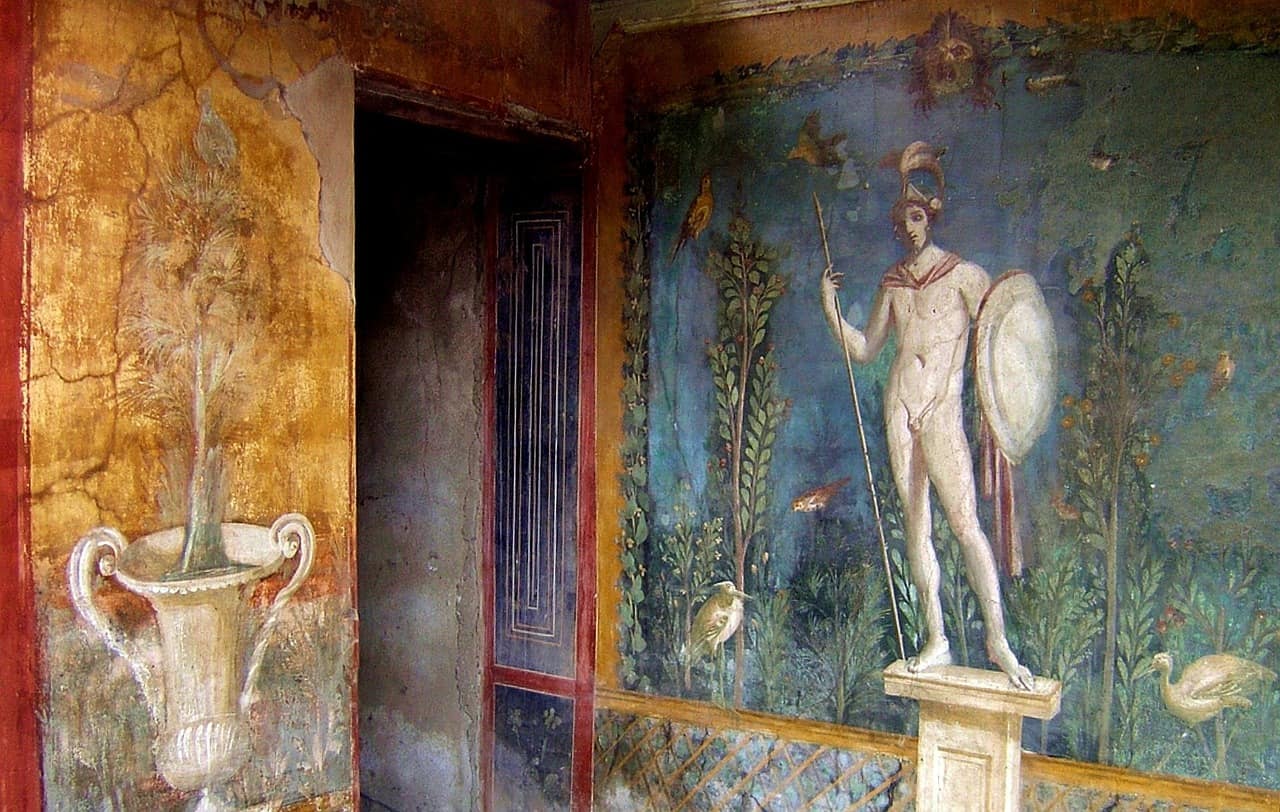
It took 150 years for the city to be discovered again.
The treasure discoveries in Herculaneum led people to explore Pompeii as well in 1748.
The Bourbon regime periodically funded the first phase of Pompeii exploration which took a century.
Col. Roque de Alcubierre, a Spanish military engineer, has already been digging Herculaneum for a decade when Bourbon King of the Two Sicilies Charles III directed him to retrieve art from the Pompeii site in 1748. Eventually becoming a wealthy tourist trend, art digging helped initiate neo-classicism among European upper classes.
Architect Giuseppe Fiorelli initiated efforts in the restoration of Pompeii buildings.
They explored the city’s layout, creating a system to uncover the dwellings from the top down. Moreover, the architect divided the town into regions, recording Pompeii’s layout and form. The excavation transpired from 1863 to 1923, but Fiorelli only led the operations until 1875.
Reconstruction operations pursued into the 20th century.
Numerous scholars even toured the site in an attempt to study its remains. One of them was August Mau. In 1882, Mau constructed a system that categorizes the styles of the reclaimed Ancient Roman paintings.
The Amphitheater of Pompeii holds the record of the oldest known stone amphitheater not only in Italy but in the entire Roman world.
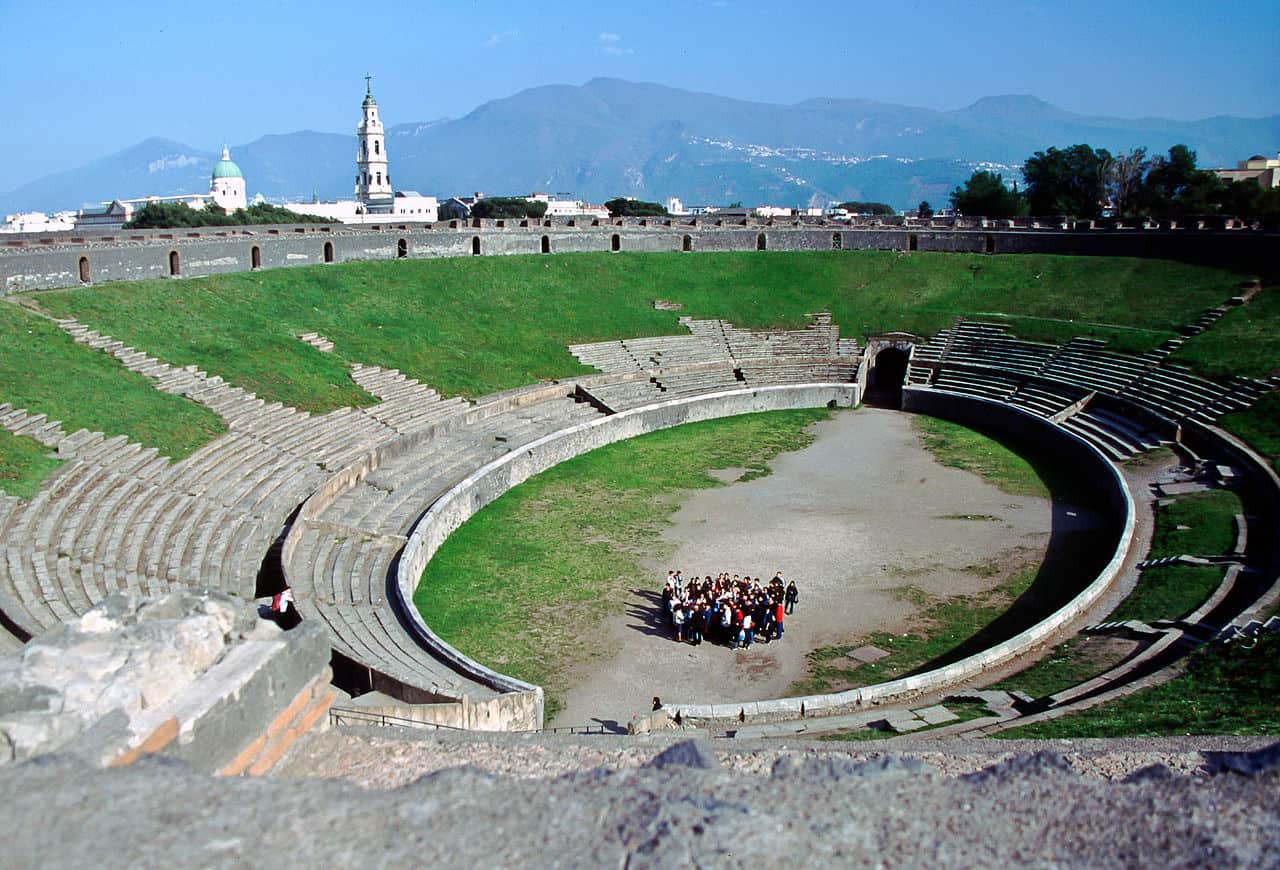
Local officials Marcius Porcius and Quinctius Valgus spent their own money on its construction sometime after 70 BC. Around 20,000 people could occupy the amphitheater where graffiti exposed the prevalence of gladiator games on-site.
The Villa of Mysteries in Pompeii is one of the prestigious establishments on-site.
Dating to as early as the 2nd century BC, the villa showed signs of remodeling post-62 AD earthquake. The collection of ancient Roman paintings in the villa surfaced in the 1909 excavation. Fortunately, the eruption only caused minor damage to the building.
The House of Faun in Pompeii got its name from the dancing faun bronze statue in the center of its main hall.
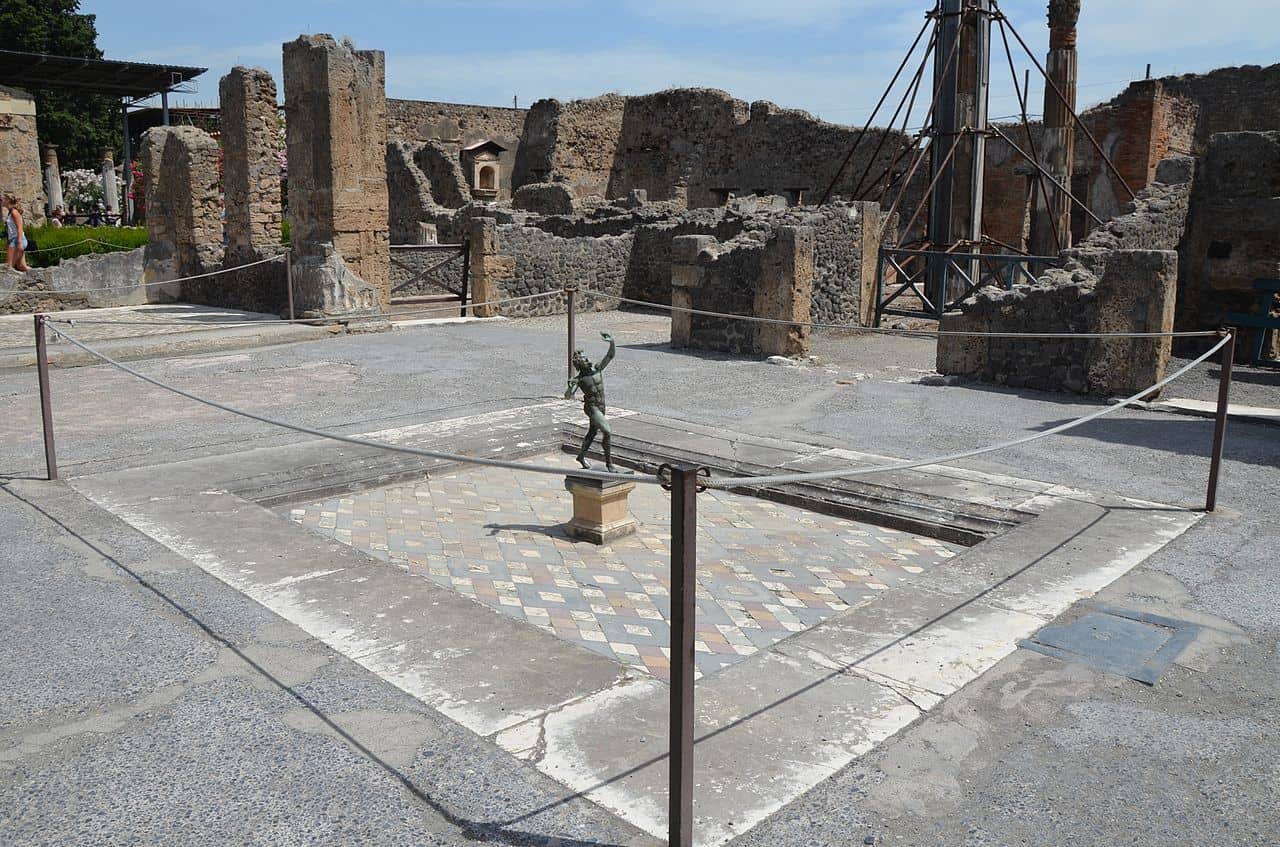
Given the grandiose of the establishment, the owner is presumably among the ruling class. The structure occupies an entire block of the city, has two main rooms, four dining rooms, and two gardens. Moreover, various artistic styles painted The House’s walls.
Mt. Vesuvius still falls under the active volcano category.
Scientists are still cautious of a possible eruption anytime, adding the occurrence of numerous minor earthquakes in the region since 1944. Pompeii City might be uninhabited, but the vicinity of the volcano still holds the highest resident concentration near an active volcano at over 3 million.
Was this page helpful?
Our commitment to delivering trustworthy and engaging content is at the heart of what we do. Each fact on our site is contributed by real users like you, bringing a wealth of diverse insights and information. To ensure the highest standards of accuracy and reliability, our dedicated editors meticulously review each submission. This process guarantees that the facts we share are not only fascinating but also credible. Trust in our commitment to quality and authenticity as you explore and learn with us.

